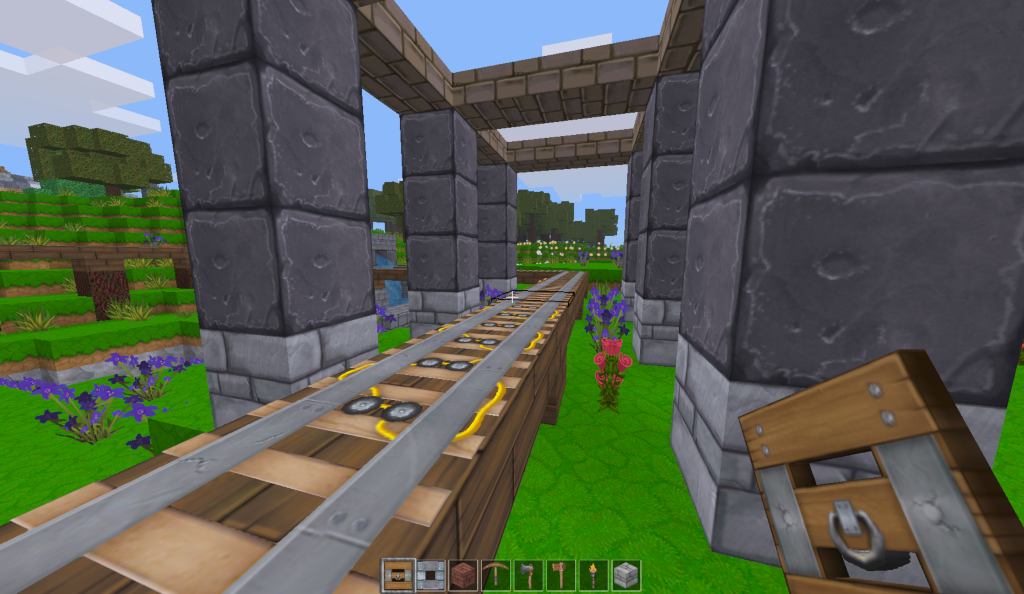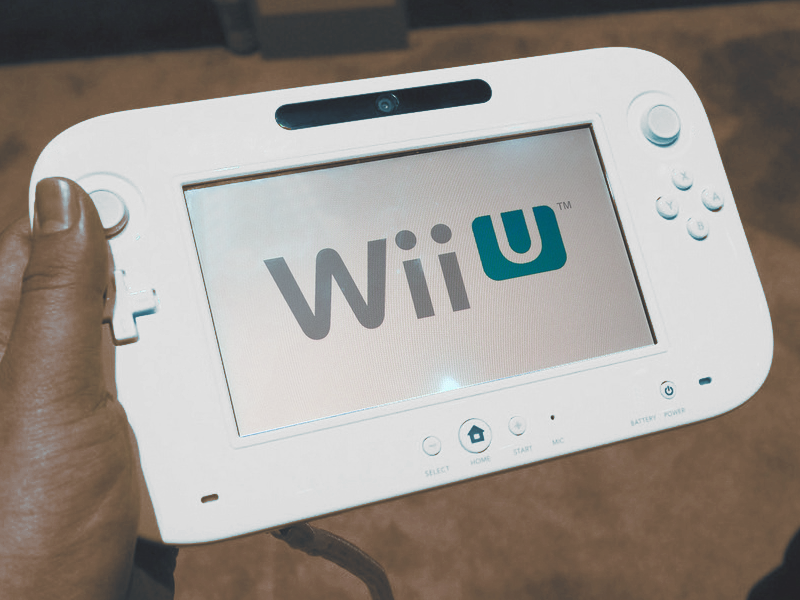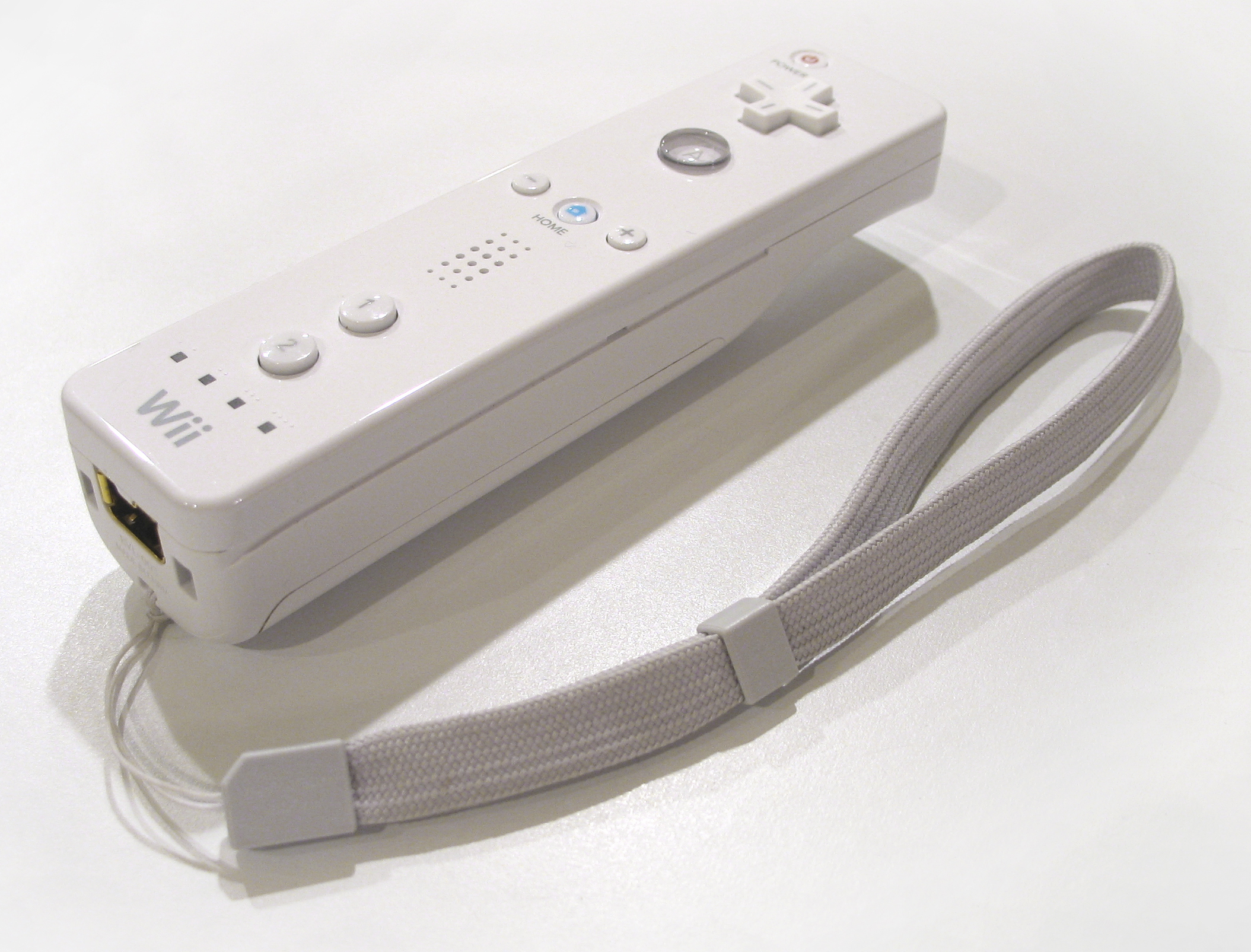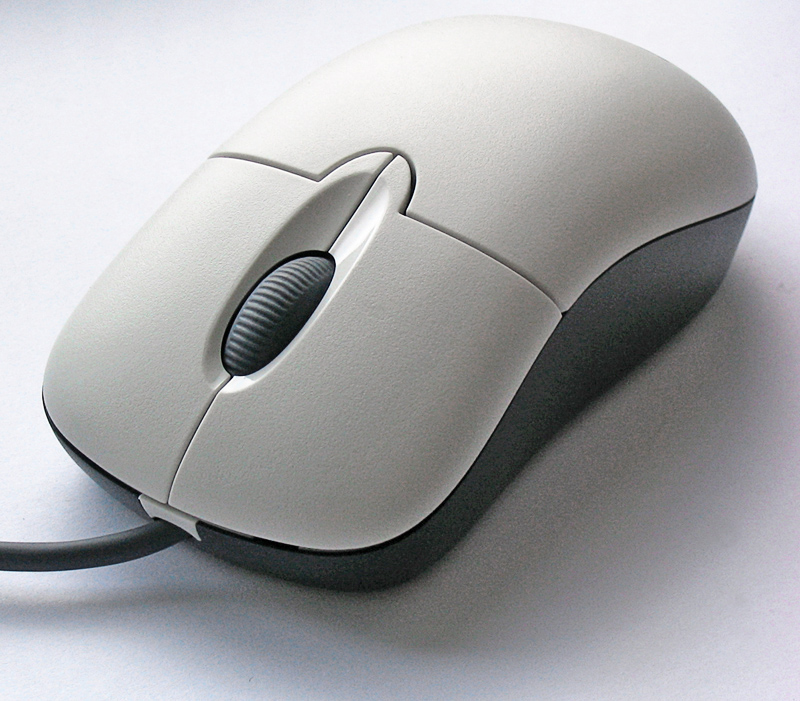|
Little Inferno
''Little Inferno'' is a puzzle video game developed and published by American independent game developer Tomorrow Corporation. The game was released for the Wii U in November 2012 in North America, Europe and Australasia. Microsoft Windows, iOS, OS X, Linux and Android versions followed throughout 2013. A Nintendo Switch version was released in March 2017 in North America, Europe and Australia. ''Little Inferno'' is set in front of a brick fireplace, which the player uses to set various objects, such as toys, dolls, and electronics, on fire. The game encourages the player to burn any combination of objects to see how they react when lit ablaze, as most of the objects have unique properties. ''Little Inferno'' is classified as a sandbox game as it offers few traditional objectives to complete and has no states of failure. The game was designed as a satire of similarly themed video games in which the player dedicates long amounts of time to performing tasks considered to be unre ... [...More Info...] [...Related Items...] OR: [Wikipedia] [Google] [Baidu] |
Tomorrow Corporation
Tomorrow Corporation is an independent video game studio consisting of Kyle Gabler, Allan Blomquist, and Kyle Gray. It is a division of the Experimental Gameplay Group. History Gabler, Blomquist, and Gray met while grad students at the Entertainment Technology Center of Carnegie Mellon University and went on to join separate divisions of Electronic Arts. Gabler and Blomquist became restless at EA and opted to develop independently, with Gabler forming 2D Boy and helping to create ''World of Goo,'' a game which expanded upon a prototype that Gabler had started in 2005 at Carnegie Mellon. Blomquist would go on to work on the Wii port of ''World of Goo'', while Gray worked as the lead designer for '' Henry Hatsworth in the Puzzling Adventure''. In 2010, once those projects were completed, the trio met again and decided to form Tomorrow Corporation. They produced their first title, ''Little Inferno'' in 2012. Their next game, '' Human Resource Machine'', was released in October 20 ... [...More Info...] [...Related Items...] OR: [Wikipedia] [Google] [Baidu] |
Sandbox Game
A sandbox game is a video game with a gameplay element that provides players a great degree of creativity to interact with, usually without any predetermined goal, or with a goal that the players set for themselves. Such games may lack any objective, and are sometimes referred to as non-games or software toys. Very often, sandbox games result from these creative elements being incorporated into other genres and allowing for emergent gameplay. Sandbox games are often associated with an open world concept which gives the players freedom of movement and progression in the game's world. The term "sandbox" derives from the nature of a sandbox that lets people create nearly anything they want within it. Early sandbox games came out of space trading and combat games like ''Elite'' (1984) and city-building simulations and tycoon games like ''SimCity'' (1989). The releases of ''The Sims'' and '' Grand Theft Auto III'' in 2000 and 2001, respectively, demonstrated that games with highl ... [...More Info...] [...Related Items...] OR: [Wikipedia] [Google] [Baidu] |
Touchscreen
A touchscreen (or touch screen) is a type of electronic visual display, display that can detect touch input from a user. It consists of both an input device (a touch panel) and an output device (a visual display). The touch panel is typically layered on the top of the electronic visual display of a device. Touchscreens are commonly found in smartphones, tablet computer, tablets, laptops, and other electronic devices. The display is often an Liquid-crystal display, LCD, AMOLED or OLED display. A user can give input or control the information processing system through simple or multi-touch gestures by touching the screen with a special Stylus (computing), stylus or one or more fingers. Some touchscreens use ordinary or specially coated gloves to work, while others may only work using a special stylus or pen. The user can use the touchscreen to react to what is displayed and, if the software allows, to control how it is displayed; for example, Zooming user interface, zooming to inc ... [...More Info...] [...Related Items...] OR: [Wikipedia] [Google] [Baidu] |
Wii U GamePad
The Wii U GamePad is the standard game controller for Nintendo's Wii U home video game console. Incorporating features from tablet computers, the GamePad has traditional input methods (such as buttons, dual analog sticks, and a D-pad), touchscreen controls, and motion controls. The touchscreen can be used to supplement a game by providing alternate, second screen functionality, or an asymmetric view of a scenario in a game. The screen can also be used to play a game strictly on the GamePad screen without the use of a television display. Conversely, non-gaming functions can be assigned to it as well, such as using it as a television remote. In 2009, the development of the Wii U GamePad began alongside development of the main Wii U console. The Wii U GamePad can be used in conjunction with other controllers compatible with the console, such as the Wii Remote Plus, Nunchuk, Wii Balance Board, and the more conventional Wii U Pro Controller. Response to the Wii U GamePad was mi ... [...More Info...] [...Related Items...] OR: [Wikipedia] [Google] [Baidu] |
Pointing Device
A pointing device is a human interface device that allows a User (computing)#End-user, user to input Three-dimensional space, spatial (i.e., continuous and multi-dimensional) data to a computer. Graphical user interfaces (GUI) and Computer-aided design, CAD systems allow the user to control and provide data to the computer using physical Mouse gesture, gestures by moving a hand-held Mouse (computing), mouse or similar device across the surface of the physical desktop and activating switches on the mouse. Movements of the pointing device are echoed on the screen by movements of the Pointer (computing WIMP), pointer (or Cursor (user interface), cursor) and other visual changes. Common gestures are point and click and drag and drop. While the most common pointing device by far is the mouse, many more devices have been developed. However, the term ''mouse'' is commonly used as a metaphor for devices that move a computer cursor. Fitts's law can be used to predict the speed with ... [...More Info...] [...Related Items...] OR: [Wikipedia] [Google] [Baidu] |
Wii Remote
The Wii Remote, colloquially known as the Wiimote, is the primary game controller for Nintendo's Wii home video game console. An essential capability of the Wii Remote is its motion sensing capability, which allows the user to interact with and manipulate items on screen via motion sensing, gesture recognition, and pointing using an accelerometer and optical sensor technology. It is expandable by adding attachments. The attachment bundled with the Wii console is the Nunchuk, which complements the Wii Remote by providing functions similar to those in gamepad controllers. Some other attachments include the Classic Controller, Wii Zapper, and the Wii Wheel, which was originally released with the racing game '' Mario Kart Wii''. The controller was revealed at the Tokyo Game Show on September 14, 2005, with the name "Wii Remote" announced April 27, 2006. The finalized version of the controller was later shown at E3 2006. It received much attention due to its unique features, ... [...More Info...] [...Related Items...] OR: [Wikipedia] [Google] [Baidu] |
Mouse (computing)
A computer mouse (plural mice; also mouses) is a hand-held pointing device that detects Plane (mathematics), two-dimensional motion relative to a surface. This motion is typically translated into the motion of the Cursor (user interface)#Pointer, pointer (called a cursor) on a computer monitor, display, which allows a smooth control of the graphical user interface of a computer. The first public demonstration of a mouse controlling a computer system was done by Doug Engelbart in 1968 as part of the Mother of All Demos. Mice originally used two separate wheels to directly track movement across a surface: one in the x-dimension and one in the Y. Later, the standard design shifted to use a ball rolling on a surface to detect motion, in turn connected to internal rollers. Most modern mice use optical mouse, optical movement detection with no moving parts. Though originally all mice were connected to a computer by a cable, many modern mice are cordless, relying on short-range rad ... [...More Info...] [...Related Items...] OR: [Wikipedia] [Google] [Baidu] |
PC Game
A personal computer game, or abbreviated PC game, also known as a computer game, is a video game played on a personal computer (PC). The term ''PC game'' has been popularly used since the 1990s referring specifically to games on "Wintel" (Microsoft Windows software/Intel hardware) which has dominated the computer industry since. Mainframe and minicomputer games are a precursor to personal computer games. Home computer games became popular following the video game crash of 1983. In the 1990s, PC games lost mass market traction to console games on the fifth generation of video game consoles, fifth generation such as the Sega Saturn, Nintendo 64 and PlayStation (console), PlayStation. They are enjoying a resurgence in popularity since the mid-2000s through digital distribution on online service providers. Personal computers as well as general computer software are considered synonymous with IBM PC compatible systems; while mobile devices – smartphones and tablets, such as t ... [...More Info...] [...Related Items...] OR: [Wikipedia] [Google] [Baidu] |
Drag And Drop
In computer graphical user interfaces, drag and drop is a pointing device gesture in which the user (computing), user selects a virtual object by "grabbing" it and dragging it to a different location or onto another virtual object. In general, it can be used to invoke many kinds of actions, or create various types of associations between two abstract objects. As a feature, drag-and-drop support is not found in all software, though it is sometimes a fast and easy-to-learn technique. However, it is not always clear to users that an item can be dragged and dropped, or what command is performed by the drag and drop, which can decrease usability. Actions The basic sequence involved in drag and drop is: * Move the pointer (computing WIMP), pointer to the object * Press, and hold down, the button on the computer mouse, mouse or other pointing device, to "grab" the object * "Drag" the object to the desired location by moving the pointer to this one * "Drop" the object by releasing th ... [...More Info...] [...Related Items...] OR: [Wikipedia] [Google] [Baidu] |
Score (game)
In video games, score refers to an abstract quantity associated with a player or team. Score is usually measured in the abstract unit of points, and events in the game can raise or lower the score of different parties. Most games with score use it as a quantitative indicator of success in the game, and in competitive games, a goal is often made of attaining a better score than one's opponents in order to win. In video games that feature scoring, points are usually an optional, side component of gaming. Players may achieve points through normal gameplay, but their score will often not have an immediate relevance to the game itself. Instead, playing to beat a "high score" set by the game program, another player or oneself becomes an extra challenge, adding replay value. In modern gaming, the presence of a score is not as ubiquitous as it was in the past. During the era of arcade games, when, because of the technical limitations of the time, games could not be "won" or "comple ... [...More Info...] [...Related Items...] OR: [Wikipedia] [Google] [Baidu] |
Unlockable (gaming)
Since the origin of video games in the early 1970s, the video game industry, the players, and surrounding culture have spawned a wide range of technical and slang terms. 0–9 A B C D E F ... [...More Info...] [...Related Items...] OR: [Wikipedia] [Google] [Baidu] |
Narrative
A narrative, story, or tale is any account of a series of related events or experiences, whether non-fictional (memoir, biography, news report, documentary, travel literature, travelogue, etc.) or fictional (fairy tale, fable, legend, thriller (genre), thriller, novel, etc.). Narratives can be presented through a sequence of written or spoken words, through still or moving images, or through any combination of these. The word derives from the Latin verb ''narrare'' ("to tell"), which is derived from the adjective ''gnarus'' ("knowing or skilled"). Historically preceding the noun, the adjective "narrative" means "characterized by or relating to a story or storytelling". Narrative is expressed in all mediums of human creativity, art, and entertainment, including public speaking, speech, literature, theatre, dance, music and song, comics, journalism, animation, video (including film and television), video games, radio program, radio, game, structured and play (activity), unstructu ... [...More Info...] [...Related Items...] OR: [Wikipedia] [Google] [Baidu] |







